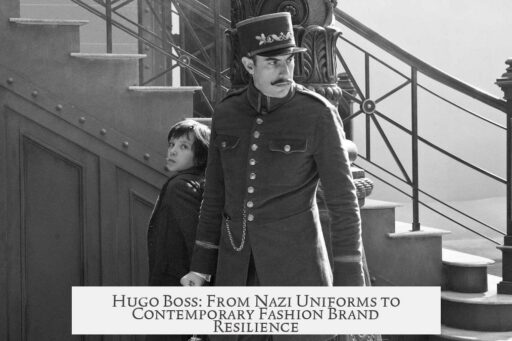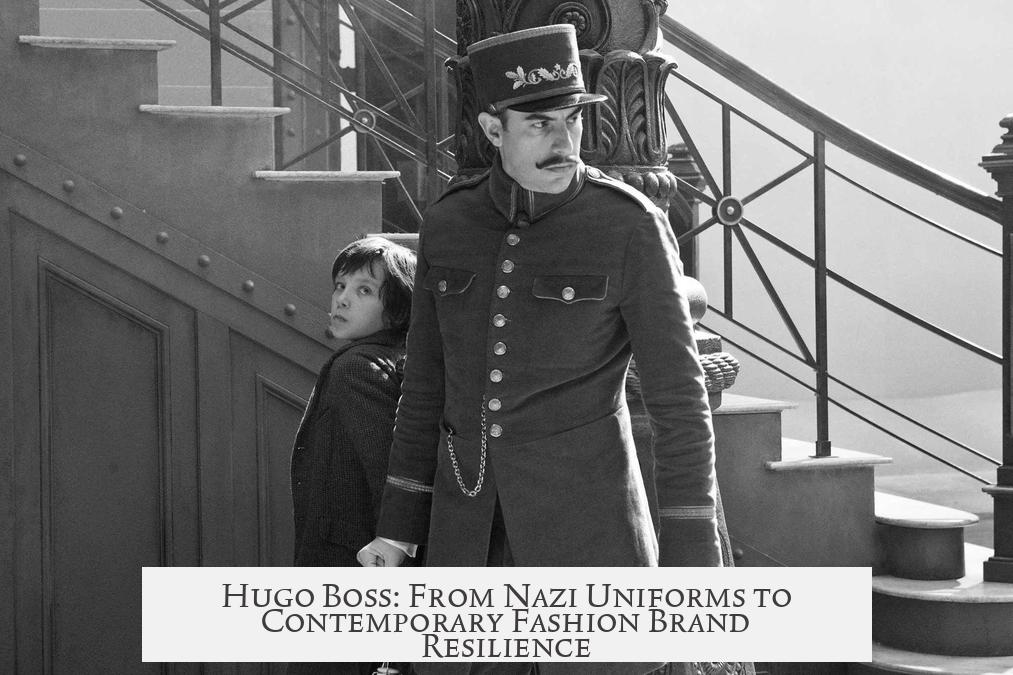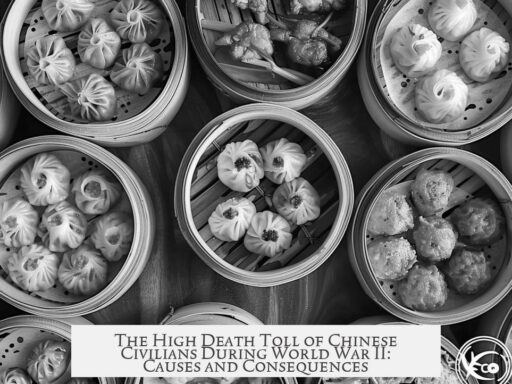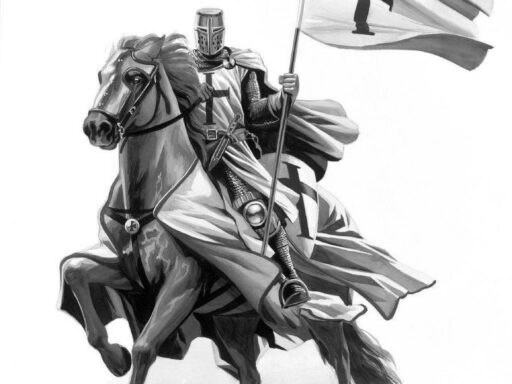Hugo Boss maintains its relevance today by distancing itself from its Nazi-era history through generational change, strategic rebranding, and shifting its focus to luxury menswear—transforming from a wartime uniform manufacturer to a global fashion icon.
Hugo Boss did not design the infamous Nazi uniforms worn by Hitler Youth or Waffen-SS soldiers. The company’s role was manufacturing, based on government contracts secured during economic hardship in the early 1930s. It produced ready-made uniforms under these contracts but did not craft the original designs attributed to the Nazi regime. This distinction is crucial in understanding its historical involvement and current brand positioning.
Hugo Boss began as a modest family business making men’s shirts and undergarments before venturing into menswear in 1923. The brand’s substantial ties to the Nazi Party started when Hugo Boss himself joined the party in 1931 after his company declared bankruptcy in the wake of the Great Depression. He subsequently secured contracts to manufacture brown shirts, SS uniforms, and Hitler Youth outfits, using forced laborers—some prisoners of war and civilians from occupied territories—during World War II.
Though Hugo Boss played a part in supporting the Nazi war effort via garment manufacturing, it was one of many German companies exploiting political ties and economic conditions for survival. The use of forced labor under harsh conditions was unfortunately common among firms during that era. Post-war, Hugo Boss faced legal consequences, initially condemned as a Nazi activist, later reclassified as a follower, and lost control of the company. This marked a pivotal point where the family’s second generation took over and began navigating a new corporate direction.
Compared to other companies with Nazi ties, Hugo Boss’s post-war strategy did not involve dramatic rebranding or name changes, unlike IG Farben’s transformation into BASF. Instead, the company benefited from generational distance and an evolving business focus. In the 1960s, Hugo Boss shifted toward producing high-end menswear, cultivating an image associated with Italian fabrics and sleek tailoring. This transformation accelerated when the original founder’s grandsons began managing the firm in the 1970s.
Their efforts included sponsoring international racing teams and investing in luxury marketing. These moves expanded the brand globally and recast it as aspirational and sophisticated, rather than linked to its historical contracts for Nazi uniforms. Consumers worldwide largely remained unaware of or detached from the firm’s controversial legacy.
Several aspects ensured Hugo Boss’s continued prominence despite its past:
- Separation of manufacturing from design: Hugo Boss only produced uniforms; it did not create Nazi designs.
- Economic necessity during wartime: Contracts helped the company survive bankruptcy and economic turmoil.
- Legal reckoning and management turnover: Post-war trials removed the founder’s control, enabling new leadership to redefine the brand.
- Strategic pivot to luxury fashion: Not until decades later did Hugo Boss become known for high-end suits and menswear.
- Generational distance: New leadership distanced the brand from the founder’s Nazi associations.
- Global expansion: Broader international markets with limited awareness of past controversies.
This business trajectory parallels other German industrial giants such as Volkswagen and Porsche, which also avoided rebranding yet moved forward through global reputation building and product innovation. Neither Hugo Boss nor these companies actively promoted their Nazi-era histories; instead, they remained largely unspoken except in academic and investigative contexts.
Hugo Boss’s story highlights how a brand closely tied to contentious historical moments can survive through adaptive business decisions and shifting consumer perceptions. The company capitalized on the rising demand for premium menswear during the late 20th century and crafted a new identity around elegance and quality. This approach installed Hugo Boss as a leading fashion brand, despite its origins linked to Nazi uniform production.
- Hugo Boss made Nazi uniforms but did not design them, limiting its creative association with the regime.
- Economic pressures and political alignment led to contracts with Nazi organizations, including use of forced labor.
- Post-war legal actions removed direct founder control, paving the way for brand reinvention.
- Shift to luxury menswear began in the 1960s, focusing on quality tailoring and Italian fabrics.
- Grandsons’ leadership from 1970s expanded global reach and redefined brand image.
- Generational distance and global markets contributed to reduced awareness of Nazi ties.
- The brand’s evolution mirrors other German firms’ navigation of Nazi legacy without overt rebranding.
How Did Hugo Boss Shake Off Its Nazi Past and Stay a Relevant Brand Today?
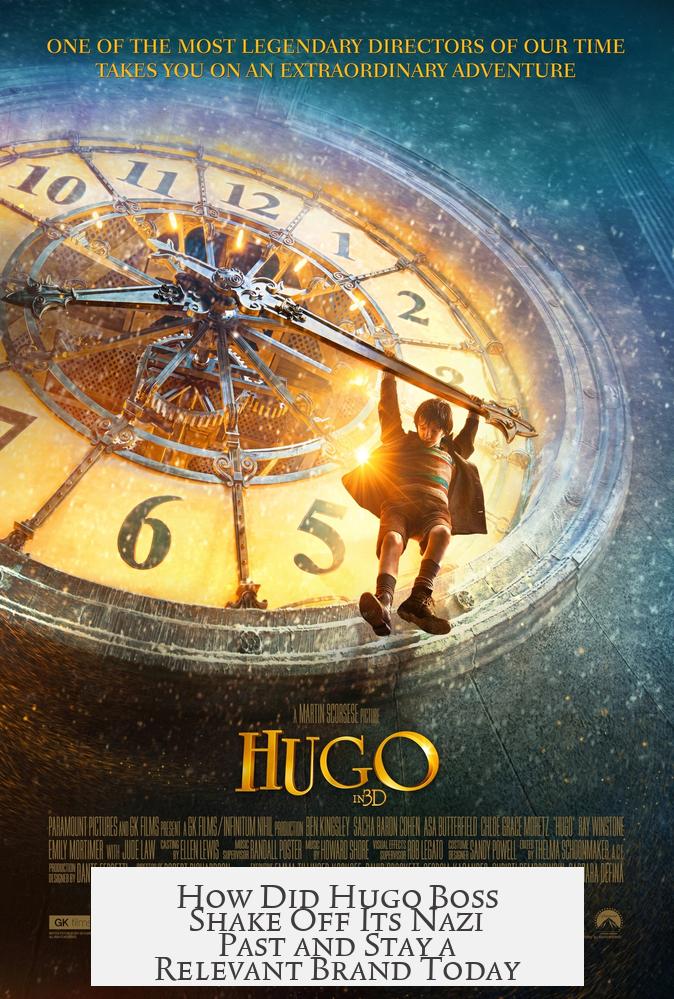
Hugo Boss’s connection to Nazi uniform production didn’t doom the brand because it was primarily a manufacturing role, not a creative one, and the company reinvented itself through generational shifts, distancing from its past while embracing a luxury future. That’s the short answer, but let’s unravel how the company managed this tricky transformation and remains a heavyweight in fashion decades later.
You might wonder, how does a brand tied to something as dark as Nazi uniforms survive in today’s conscience-driven market? The answer is a mix of business happenstance, historical context, and clever reinvention.
Setting the Record Straight on Nazi Uniforms
Contrary to what many assume, Hugo Boss did not design the uniforms worn by the SS or Hitler Youth. The sharp, iconic look you associate with these outfits wasn’t his brainchild. Instead, his firm produced the uniforms—sometimes whole, sometimes in parts. The designs came from others, but Boss’s factories stitched them together.
Back in the 1920s, Hugo Boss’s factory was churning out affordable men’s ready-to-wear clothing. When the Nazis came into power and started demanding uniforms, Boss won government contracts that likely saved his company from sinking during the economic downturn. But this came at a grim price: forced labor was used during World War II, including enslaved individuals from occupied territories working under brutal conditions.
The Weight of History: Boss’s War-Era Business
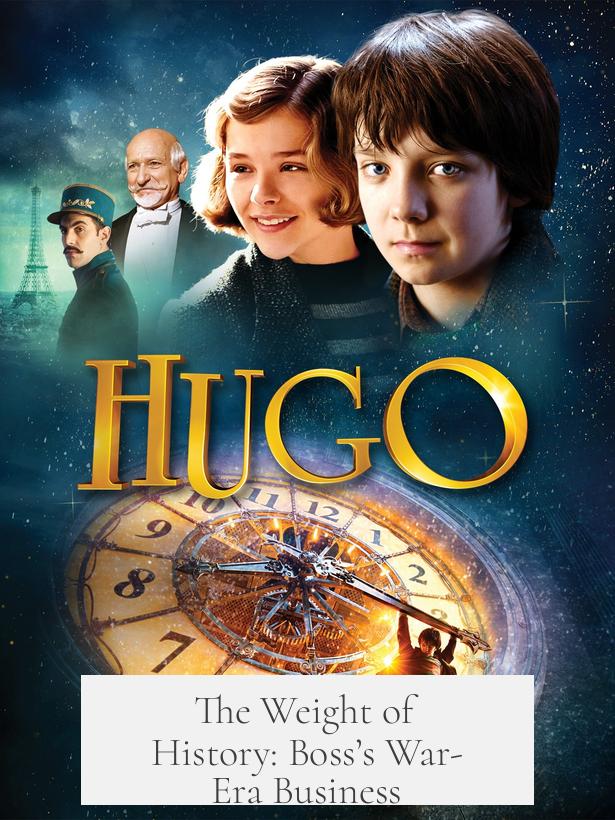
Owner Hugo Boss (the man) rose from humble beginnings, taking over a family shop in 1908. He didn’t pivot to menswear until 1923. His early career built a brand focused on practical, middle-class clothing, not high fashion. By the late 1920s, his business was officially supplying the Nazis—including brown shirts for the Sturmabteilung (SA).
Financial hardship from the Depression pushed Hugo Boss closer to the Nazi Party. He joined the Nazis himself and secured larger contracts, including for Waffen-SS uniforms. The company’s survival hinged on these deals, but they forever tied its legacy to a grim chapter in history.
Post-War Reckoning and Silence
After the war, legal consequences followed. Hugo Boss was deemed a Nazi activist initially, though this was later reduced to “follower” status. Unable to run the company anymore, control passed to his son and son-in-law. The company, like many others involved with the Nazis, preferred to keep silent about its wartime past.
This choice wasn’t unique to Boss. It was common in post-war Germany for companies to avoid discussing their roles during the Nazi regime. Some companies rebranded completely—IG Farben became BASF to escape tainted associations—while others like Volkswagen and Porsche kept their names and quietly shifted focus. Hugo Boss fell into the latter category.
Reinventing the Brand: From Uniforms to High Fashion
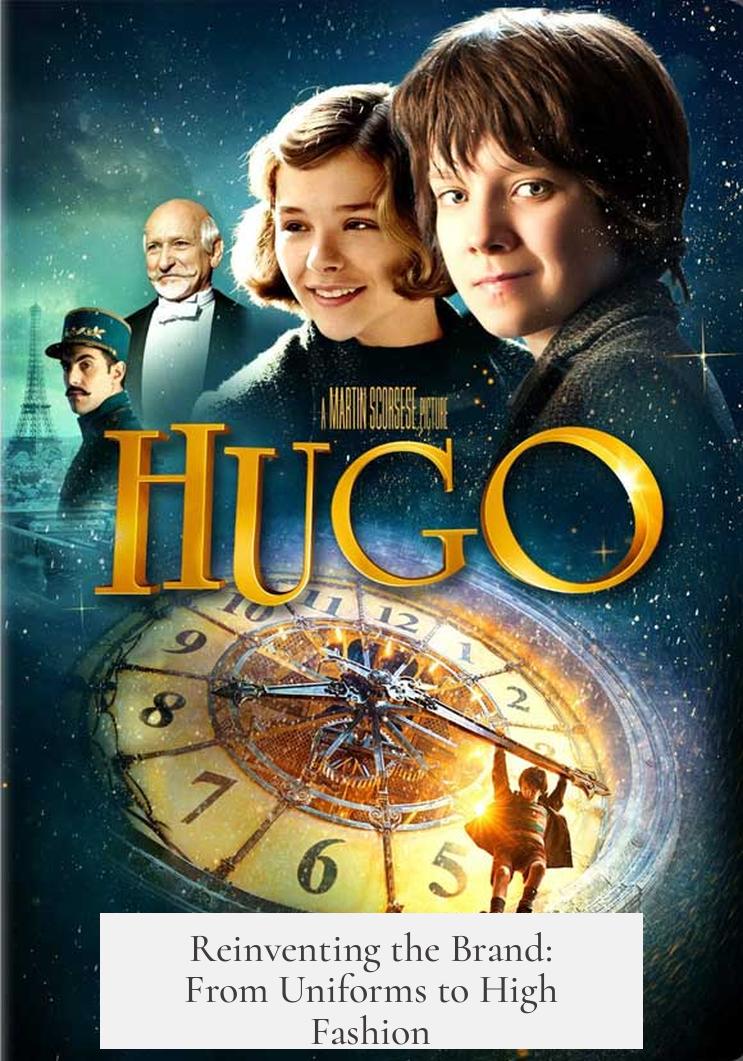
The brand we recognize today started to take shape decades later. By the 1960s, Hugo Boss was moving into high-end menswear, focusing on tailored suits and Italian fabrics—far removed from its past of mass-produced uniforms. This strategic pivot happened under the stewardship of Hugo’s grandsons who took over in the 1970s.
Branding was rebuilt around sophistication and quality. Sponsorships of racing events and collaborations helped reposition Hugo Boss on the global stage. Crucially, new generations running the company distanced the brand identity from its founder’s Nazi involvement, which by then was a distant memory for most customers outside Germany.
The global expansion also mattered. Customers worldwide weren’t aware of the company’s dark history, and in many markets, it was the fresh image of sleek, stylish menswear that won hearts—not the 1930s past.
The Power of Time, Generations, and Market Focus
Time heals, they say. Here, it also obscured. The generational gap—Hugo Boss’s grandsons versus Hugo Boss himself—let the company claim new ground. Moving from basic working-class uniforms to luxury products shifted the brand’s narrative.
And in an industry obsessed with image, Hugo Boss focused on what does best: sharp looks, quality fabrics, and a global presence. The fact that the brand quietly downplayed wartime history while elevating its product quality worked in maintaining relevance.
How Does Hugo Boss Compare to Its Contemporaries?

Many German companies had Nazi ties. Post-war, some like IG Farben rebranded to shed bad memories. Volkswagen, Porsche, and Hugo Boss didn’t change their names but took different paths.
- Volkswagen reinvented itself with people-oriented branding (the Beetle was the “people’s car”)
- Porsche focused on high-performance sports cars, sidestepping political baggage
- Hugo Boss transitioned to luxury fashion, fascinating a new generation of buyers
This shows a pattern: companies separated their present from wartime past through strategic repositioning, product innovation, and global outreach, rather than by erasing their names altogether.
So, What’s the Takeaway?
Businesses can survive ugly parts of their past by adapting and reinventing. Hugo Boss’s Nazi connection is a dark footnote but never defined its entire existence. By embracing high quality, style, and global ambitions, the brand built a new legacy. It reminds us that history matters, but so does how you move forward.
Could Hugo Boss’s story serve as a cautionary tale on the power of corporate reinvention? Or does it raise questions about accountability and memory in branding? After all, consumers increasingly seek transparency. How long can any brand rely on the passage of time and sleek marketing to overshadow uncomfortable truths?
For now, Hugo Boss exemplifies a complex blend of history, survival, and style. It didn’t erase its past but chose to focus on creating a new narrative, one tailored for decades to come.
